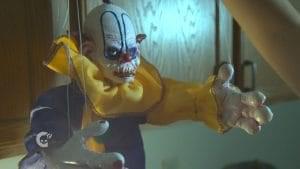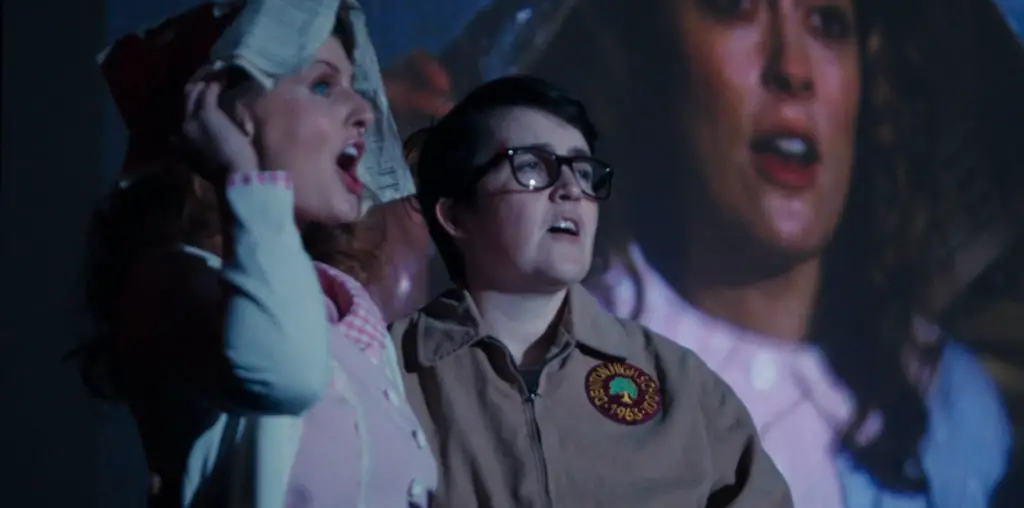
Stop me if you have heard this one before- while home alone the doorbell rings. You get up to answer it, only to find no one there. But there is a mysterious package, so you pick up the parcel, head back inside, and open it. Inside you find a creepy looking doll and it repulses you so much that you throw it into the trash bin. A few minutes later, while watching TV, you see the macabre toy in the corner of the living room. Once again, you throw it away, but it keeps coming back. Now you must escape the killer toy before it murders you.

“…killer doll movies have stayed with audiences for better or worse.”
The living doll trope is centuries old, with (arguably) the best-known example being Carlo Collodi’s 1883 book The Adventures Of Pinocchio. The story of a puppet who wishes to become a real boy stays with audiences thanks to its numerous adaptations and being the inspiration for a variety of TV shows, plays, different book interpretations, and of course, movies; most famously, the 1940 Walt Disney animated movie Pinocchio. Nowhere in cinema though has this cliche flourished more than in horror. The most notable early example is Alberto Cavalcanti’s much lauded (second) entry in the British horror anthology Dead Of Night.
In the modern pop culture landscape, Chucky, of the Child’s Play series, is the best-known case of such. The franchise has become iconic, with seven films chronicling the nightmare-inducing adventures of the Good Guy doll possessed by the soul of a serial killer. The seventh installment, Cult Of Chucky, released last year to generally favorable reviews and got nominated for a Saturn Award. The storied use of killer dolls had another 2017 hit with the James Wan produced Annabelle: Creation. The two Annabelle films aren’t even Wan’s first foray into this hallowed horror tradition. His third directorial effort, the vastly underrated, super stylized Dead Silence utilizes the same set-up as described in the opening paragraph to kickstart its story.
Hell, Charles Band’s entire career exists on the use of this old story. Band, of Empire Pictures and Full Moon Features infamy, is the mastermind behind the longest running, independently produced horror franchise of all time. That is the Puppetmaster series, of course, which is still releasing prequels and sequels and comics. Band also produced the Stuart Gordon cult classic Dolls, as well as the interrelated Demonic Toys and Dollman movies. Prolific British filmmaker Andrew Jones’s most well-known movies are about a possessed killer doll named Robert. This means there is something primal that scares audiences about toys running amok and creating havoc.

“The living doll trope is centuries old…”
All this brings us to the two and a half minute short KAL: The Clown. Noelle Hanson plays the girl alone home, and the killer doll, in this case, is a clown marionette, so kudos to writer-director Carlos Omar De Leon for creatively combining two creepy elements into one. Given the ubiquity of similar titles, and the brief running time, the question isn’t how original the movie is, but instead, how effectively scary it manages to be. Aside from one odd edit, KAL: The Clown is compelling and engaging, thanks to stylish cinematography and an impressive score.
Existing since the beginning of film, living toy/ killer doll movies have stayed with audiences for better or worse. KAL: The Clown stands apart from the crowd, not just for its brevity, but also for its lack of dialogue and its unnerving atmosphere.

KAL: The Clown (2016) Directed by Carlos Omar De Leon. Written by Carlos Omar De Leon, Vorasine Vince Phrommany. Starring Noelle Hanson.
Grade B+


